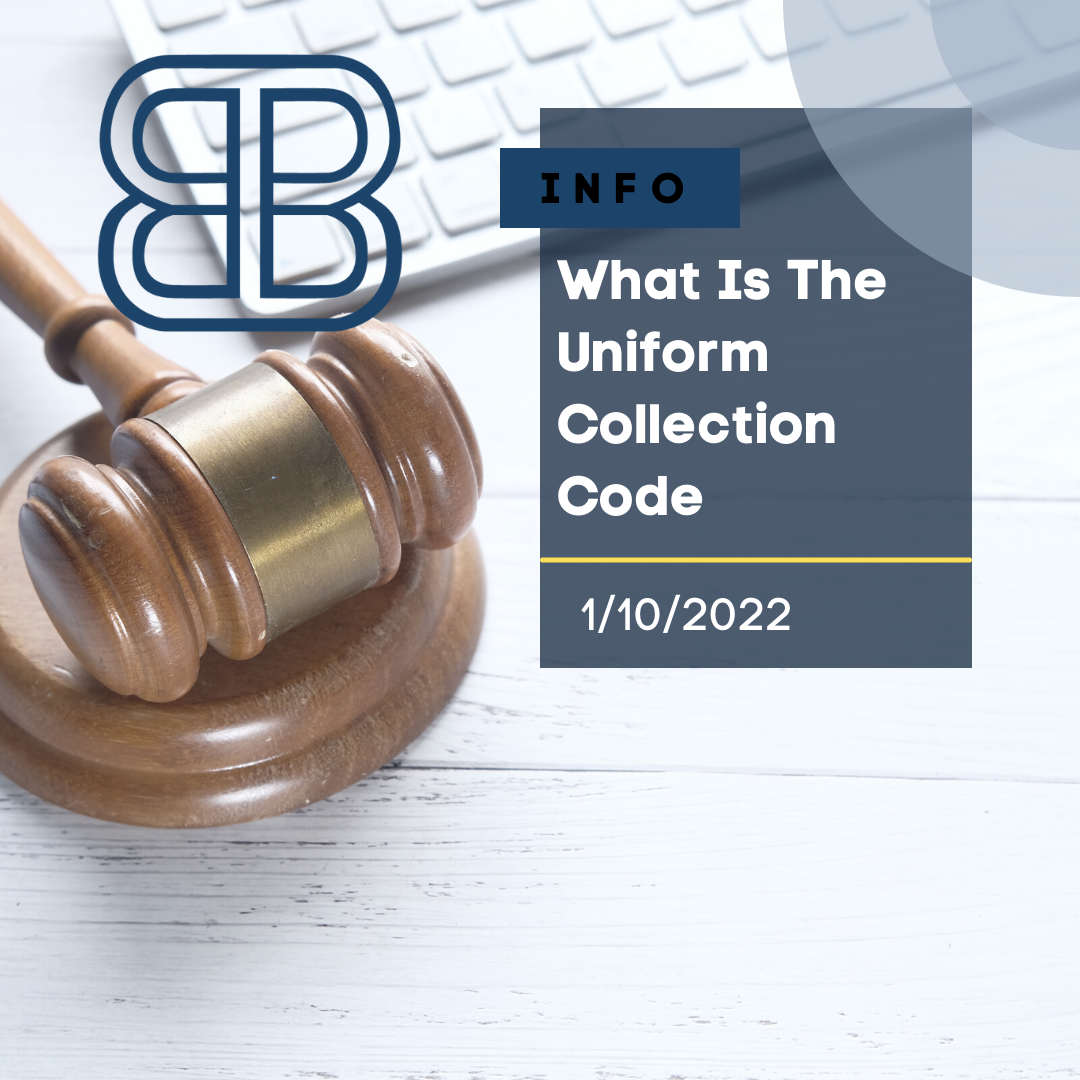Ever wondered what harmonizes the laws of sales and other commercial transactions? The uniform commercial code was initiated in 1982 as an effort to create commercial laws that were uniform to everyone.
In 1986, the uniform commercial law was enacted in each of the American states with more adjustments following soon afterwards. The major adjustments were introduced in 1906 when the Uniform Warehouse receipts Acts and Uniform Sales Act were implemented.
In this post we delve into Uniform Commercial Code explaining more of what the code is and how it affects commercial transactions in the United States.
The Uniform Commercial Code
While the uniform commercial code is not a federal law, it is used to define business laws that are commonly used to modulate commercial transactions over the United States.
It is the longest and the most intricate Uniform Acts serving as the joint project of the American Law Institute and the National Conference of Commissioners on Uniform State Laws.
The two bodies drafted the first version of the uniform commercial code in 1942 working together for the next decade. The project was funded by generous grants from the Maurice and Laura Falk Foundation with additional funding coming from businesses, firms and banks that yearned for commercial laws that were more uniform.
Currently, the Uniform Commercial Code falls under the maintenance of the Permanent Editorial Board for the Uniform Commercial Code.
The body was created in 1961 and is responsible for recommending uniform commercial code amendments and monitoring the developments that arise from the code. PEB (Permanent Editorial Board) also publishes their official commentary which often aids the courts in understanding specific uniform commercial code provisions.
Article One: General Provisions
General Provisions are separated further into three main categories: General provisions, general definitions and principles of interpretation and territorial applicability and general rules.
The first article focuses on definitions and the rules that define the provisions. Additionally, it formed part of the original Uniform Commercial Code which was adopted in 1951.
The first part of general provisions is divided into eight different segments ranging from the construction of the Uniform Commercial Code and promoting its policies & purposes to the relationship between electronic signatures in National Commerce Act and Globally.
The second part has six segments that range from general definitions to lease distinguished from security interest. The third part has ten section that focus on territorial applicability and general rules.
Article Two: Sales
Article two of the uniform communications code is responsible for handling the sales of goods. Like the general provisions, it is part of the original draft of the Uniform Commercial Code. The article was part of the modernization and revision of the Uniform Commercial Act.
But it wasn’t until 2003 that the Uniform Law Commission and American Law Institute approved the revised edition of article two.
The second article is further divided into seven distinctive parts. The first part regulates short title, general construction and subject matter. The second part is responsible for from, formation and readjustments of contacts. The other part focuses on general obligations and the construction of contracts.
The fourth part is responsible for title, creditors and good faith purchasers while the fifth is responsible for performance. The sixth part is responsible for breach, repudiation and excuse and the seventh part is for remedies.
However, in 2011 both bodies the revised edition was withdrawn because none of the states were wiling to implement the article.
Article Two A: Leases
Article 2A of the Uniform Code Act is responsible for managing the lease of personal property. The article was first introduced in 1987 with an amendment following three years later (1990). The revised version was approved by the two responsible bodies in 2003. However, no jurisdiction implemented it which led to the subsequent withdrawal of the article in 2003.
Article Three: Negotiable Instruments
The third article mainly tackles the issue of negotiable instrument including evidence that support an agreement of paying a sum of cash and drafts. Article three is split further into five distinctive sections that include negotiations, transfer & indorsement, enforcement of instruments liability of parties and discharge & payment.
The key rule behind negotiation instruments is that it should be easily transferrable to another individual and will still remain enforceable against the original individual who agreed to the payment.
Article three was first approved in 1986 by the National Conference of Commissioners under the Negotiable Instrument Law.
Article Four: Bank Deposits and Collections
The current fourth article was adopted in 2002 after amendments to the Uniform Commercial Code, especially on provisions regarding payments done through checks or any other payment options.
Article four is divided into five main sections that range from collection of items: depositary and collecting banks, payor banks to the relationship between payor bank & their customers and the collection of documentary drafts.
Article Four A: Funds Transfers
Article 4A was added the Uniform Commercial Code in 1989 as a comprehensive body on the law on the rights and obligations connected with fund transfers.
Like the fourth article, funds transfers are divided into five key sections that encompass the entire article. The sections include the issue & acceptance of payment order, execution of sender’s payment order by receiving bank, payment and miscellaneous provisions.
Article Five: Letters of Credit
The fifth article is responsible for regulating letters of credit. Unlike the rest of the articles, article five is not divided into different parts.
However, the article has 18 sub-sections that regulate all things that revolve around letters of credit. Letters of credit are usually issued by financial institutions like banks to a business in for the facilitation of trade. In 1005, the article was revised to accommodate changes in modern business practice and technology.
Conclusion – Uniform Commercial Code
There are four more articles in the Universal Commercial Code: Article six: bulk transfers and sales, article seven: documents of title, warehouse receipts, Bills of Landing, etc., article eight: investment securities and article nine: secured transactions.
Through its distinctive articles, the Uniform Commercial Code is applicable in every process of a business. The most recent revision was for article 4A, which included corporate to corporate electronic payments. The recent Uniform Commercial Code has been widely adopted by most of the states in the United States.
Need more answers? We’re available!







Leave A Comment